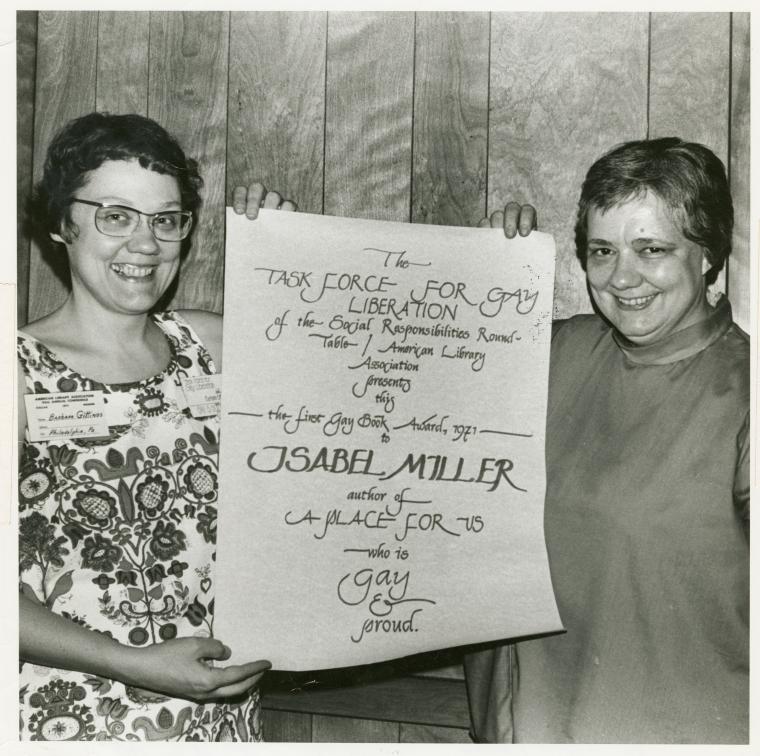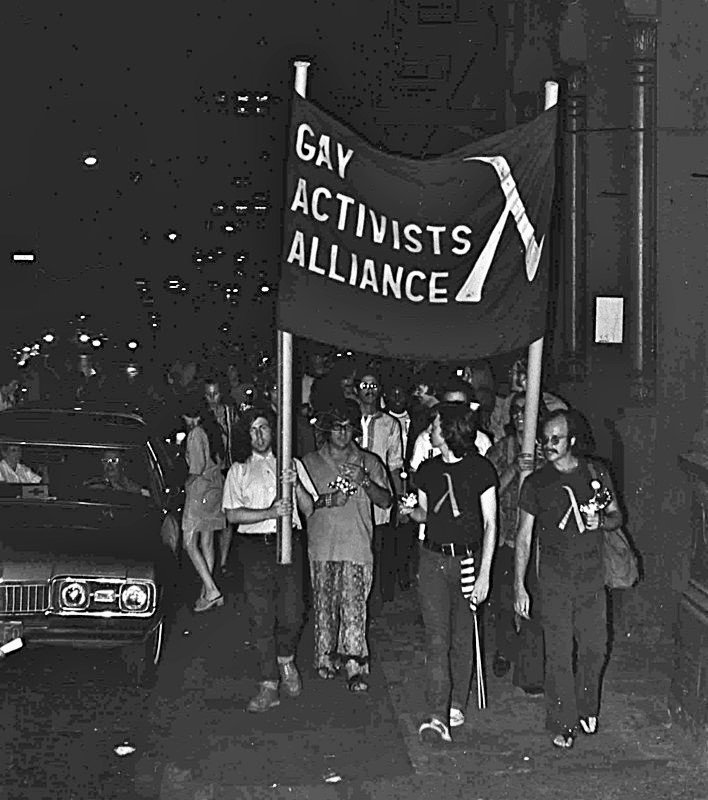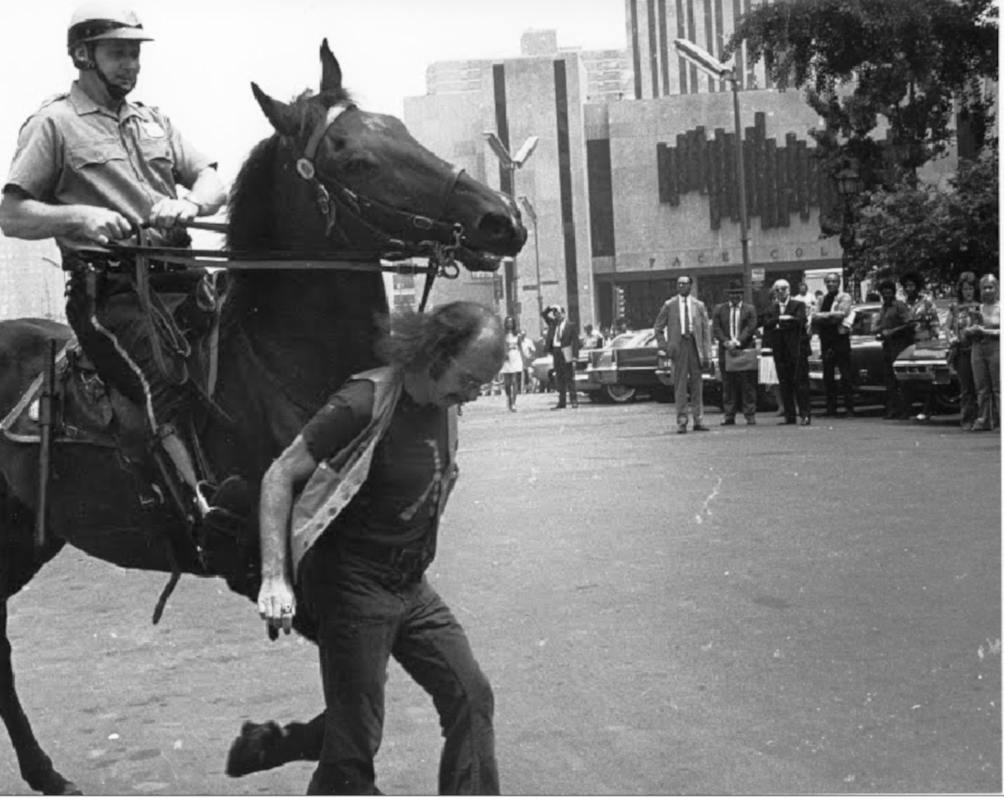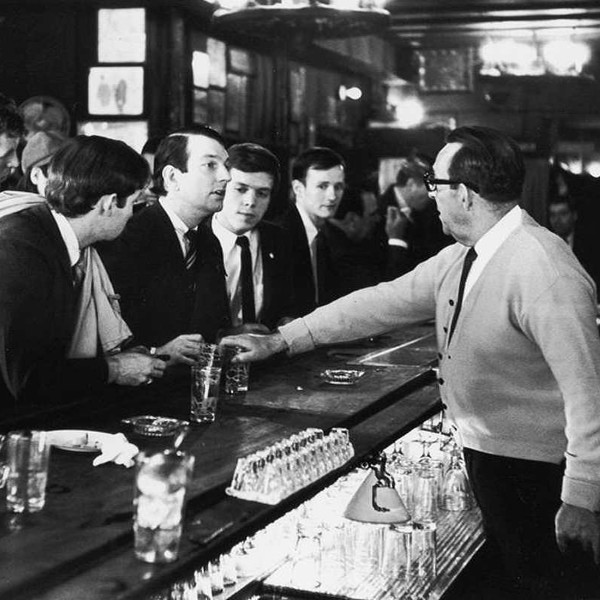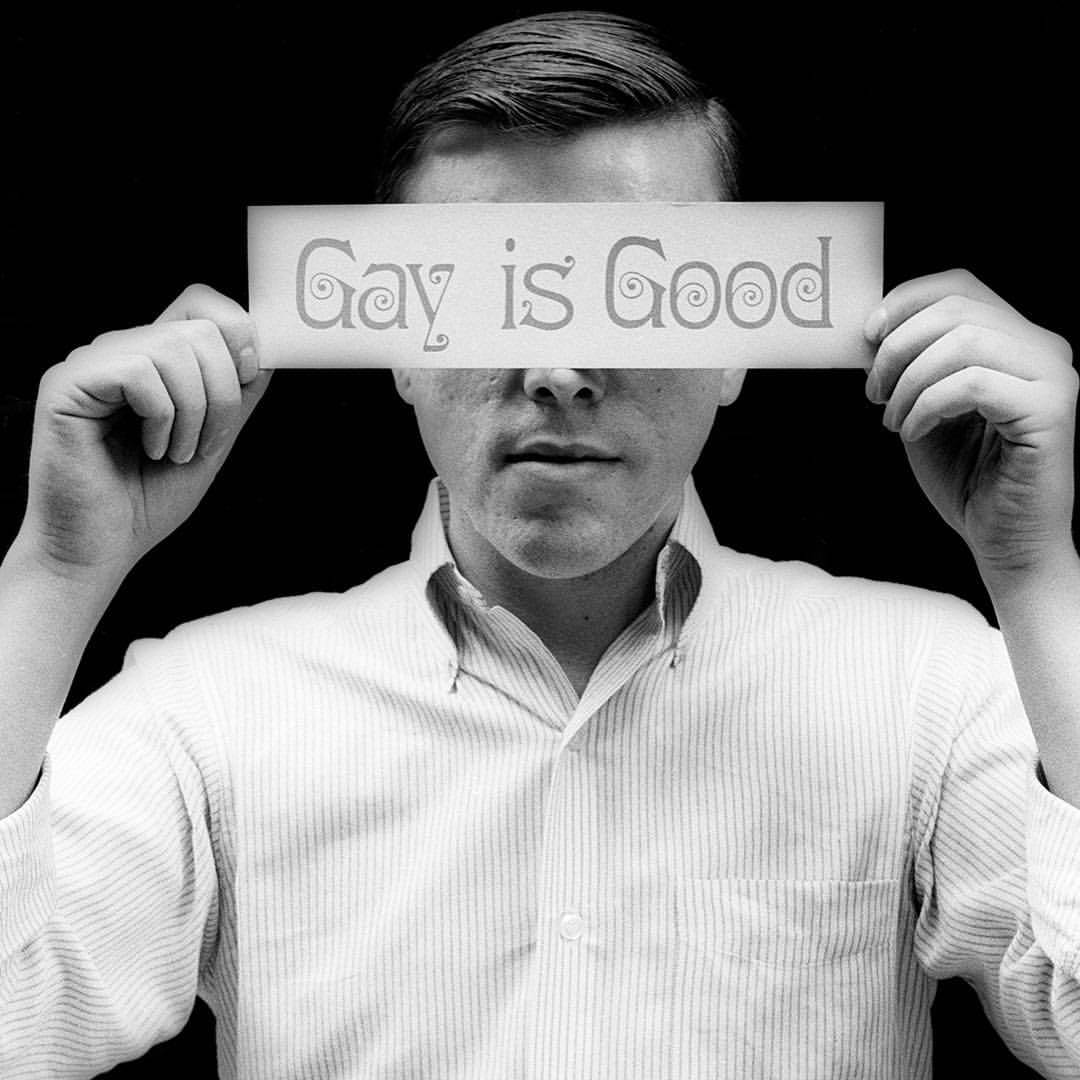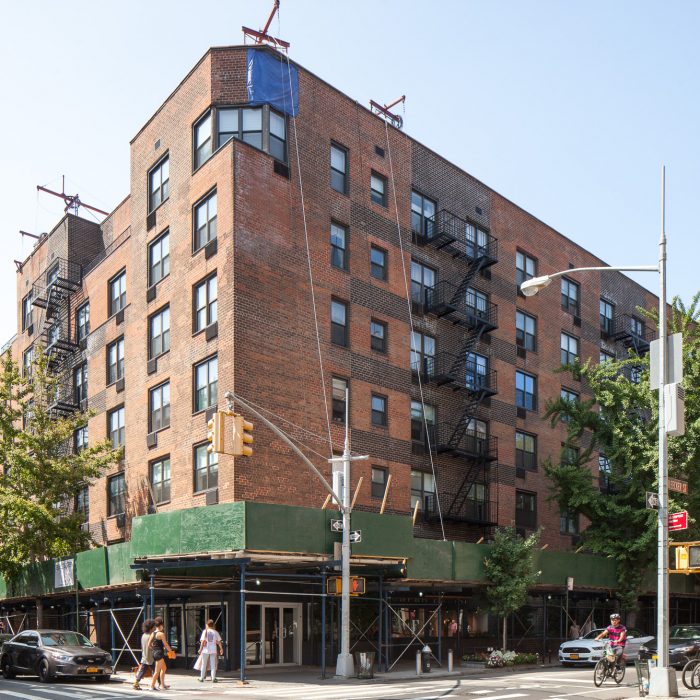
Alma Routsong & Elizabeth Deran Residence / Arnie Kantrowitz Residence / Craig Rodwell Residence
overview
This apartment building has been the residence of several notable gay and lesbian people, including writer Alma Routsong, author of A Place for Us (republished as Patience and Sarah), who lived here with her partner Elizabeth Deran from at least 1962 to 1969.
Arnie Kantrowitz, then an assistant professor at Staten Island Community College and a gay rights activist affiliated with the Gay Activists Alliance, lived here from 1966 to 1971. Craig Rodwell, one of the key leaders of the pre- and post-Stonewall gay rights movement, moved to this building in 1968, the year after he opened the Oscar Wilde Memorial Bookshop, and lived here until his death in 1993.
History
Alma Routsong & Elizabeth Deran Residence
Writer Alma Routsong (1924-1996) lived at 350 Bleecker Street, apartment 5-S, at least from 1962 to 1969, with her partner and muse Elizabeth Deran, an economist, who she met in 1962. Routsong began writing in 1953, and she later became known for her lesbian fiction under the name Isabel Miller. Her best-known work, an historical fiction novel, is A Place for Us (1969). It was re-published as Patience and Sarah in 1972. Routsong formed Bleecker Street Press after rejections from other publishers.
She was active in the Daughters of Bilitis after 1970, and was famously photographed (by Kay Lahusen) with Barbara Gittings at a kissing booth at the American Library Association conference in Dallas in 1971. At the conference, Routsong was given the first Gay Book Award (which continues today as the Stonewall Book Awards). Routsong was an editor at Columbia University from 1968 to 1971, and worked as a proofreader for Time from the mid-1970s to 1986. Deran was forced to leave her job with the U.S. Treasury Department once their relationship became known.
Arnie Kantrowitz Residence
Arnie Kantrowitz (1940-2022), a professor in the English Department at Staten Island Community College since 1965, lived in a studio apartment on the fourth floor of 350 Bleecker from 1966 to 1971. The building was across the street from the Snake Pit, a gay bar that was raided in March 1970. Kantrowitz was awakened politically by the raid and the ensuing demonstration, joining the Gay Activists Alliance that year and becoming its first Secretary; he served as Vice President in 1971.
In his autobiography, Under the Rainbow: Growing Up Gay, Kantrowitz noted that small GAA committee meetings were sometimes held in his apartment and “his doorbell was always buzzing with people [fellow GAA members] dropping by to share a joint or the latest ‘dish’ or a little political intrigue.” Among the most frequent visitors were GAA president Jim Owles and Vito Russo who became his closest friends. During his time here, Kantrowitz took part in several GAA zaps, including the demonstration at City Hall on June 25, 1971, where he was one of nine GAA members who were arrested and forced to stand trial. Later that year he moved to the gay commune at 186 Spring Street (demolished). Kantrowitz would go on to be one of the co-founders of the Gay and Lesbian Alliance Against Defamation (GLAAD) in 1985.
Craig Rodwell Residence
Craig Rodwell (1940-1993) emerged as one of the most important leaders of the pre- and post-Stonewall gay rights movement. Born in Chicago and schooled in the Christian Science Church, he moved to New York City in 1959 at the age of 18. He was anxious to join the activities of the Mattachine Society, but couldn’t since he was under 21. His first “serious” relationship was with future San Francisco activist Harvey Milk (then politically conservative and working on Wall Street), who he met in 1962 while cruising on Central Park West. Rodwell became more politically active as a young gay man partly as a result of a number of incidents with the police.
In 1964, he began volunteering for Mattachine, and formed Mattachine Young Adults. He joined activist Randy Wicker at the Army Induction Center on Whitehall Street, protesting the military’s discrimination against gay men, which has been cited as the first LGBT rights demonstration in the United States. The next year he was one of the organizers of a number of East Coast Homophile Organizations’ (ECHO) protests in Washington, D.C., as well as the group’s July 4th Reminder Day protest in front of Independence Hall in Philadelphia (which occurred annually until 1969). Rodwell was one of the four participants of the “Sip-In” at Julius’ in 1966, which challenged the State Liquor Authority’s discriminatory policy of revoking the licenses of bars that served known or suspected gay men and lesbians. He attempted to get Mattachine to open a storefront in order to engage directly with the community. After he was rebuffed, he quit the group. In 1967, Rodwell opened the Oscar Wilde Memorial Bookshop, America’s first gay and lesbian bookstore, at 291 Mercer Street. The store served as the headquarters of his organization, Homophile Youth Movement in Neighborhoods (HYMN).
Rodwell moved into apartment 3V at 350 Bleecker Street in 1968 and lived there for the rest of his life. His boyfriend, Fred Sargeant, who also lived there from 1968 to 1971, worked as the manager of the bookstore and joined Rodwell in his political activities. The publication Hymnal, advocating more radical LGBT activism, was produced in the apartment.
Rodwell and Sargeant joined in the Stonewall uprising in June 1969. Rodwell’s most enduring contribution to solidifying the significance of Stonewall in LGBT history was the Christopher Street Liberation Day March, which was held in June 1970 to commemorate the events of a year earlier. This was the precursor to all annual Pride Marches. All meetings for the Christopher Street Liberation Day March Committee were held in Rodwell’s apartment for the first two years.
Entry by Jay Shockley, project director, and Gale Harris, project consultant (December 2017; last revised December 2023).
NOTE: Names above in bold indicate LGBT people.
Building Information
- Architect or Builder: H[yman]. I[saac]. Feldman
- Year Built: 1962
Sources
“Alma Routsong,” Wikipedia, bit.ly/3RodN4d.
Arnie Kantrowitz, Under the Rainbow: Growing Up Gay (New York: Pocket Books, 1977).
David Carter, Stonewall: The Riots that Sparked the Gay Revolution (New York: St. Martin’s Press, 2004).
“Craig Rodwell,” LGBT Religious Archives Network, May 2015, www.lgbtran.org.
Fred Sargeant, e-mails to NYC LGBT Historic Sites Project, November-December 2017.
“Interview With Alma Routsong,” OutHistory, January 20, 1975, bit.ly/416uynK.
Michael Scherker, “The Reminiscences of Craig Rodwell” (NY: Oral History Research Office, Columbia University, 1992), 2/61-63. Rodwell was interviewed in 1986.
Do you have more information about this site?
This project is enriched by your participation! Do you have your own images of this site? Or a story to share? Would you like to suggest a different historic site?

